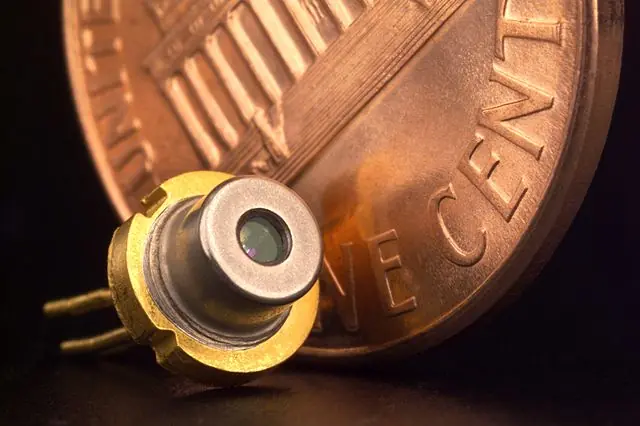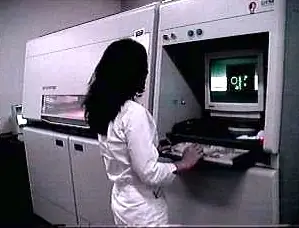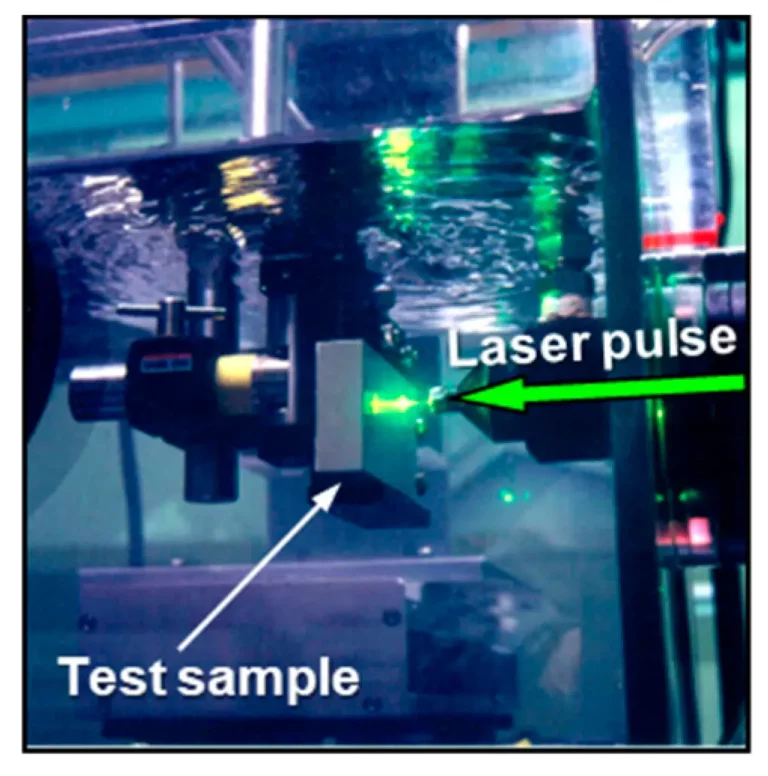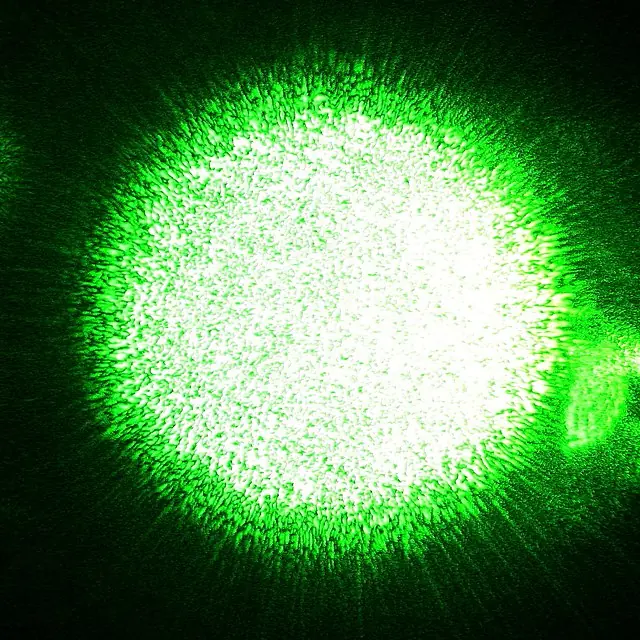Laser Fringe Lockers
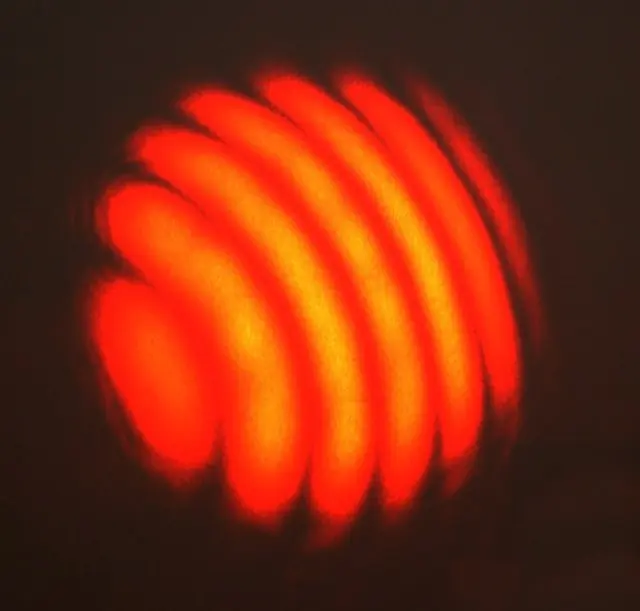
Laser fringe lockers are devices that are used to stabilize the frequency of lasers by locking the laser’s frequency to an external reference. This is achieved through the use of feedback control, in which the frequency of the laser is continuously compared to the reference frequency and any deviation is corrected.
Laser fringe lockers are commonly used in applications where a stable laser frequency is necessary, such as in interferometric measurements, spectroscopy, and atomic clocks. The use of a laser fringe locker can improve the precision and accuracy of these measurements by eliminating drift and noise in the laser frequency.
There are several types of laser fringe lockers, including the Pound-Drever-Hall (PDH) technique, the dual-modulation technique, and the saturated absorption technique. Each of these techniques employs a different method of comparing the laser frequency to the reference frequency and applying the necessary correction.
In the PDH technique, the laser beam is split into two parts, one of which is reflected off a high-finesse cavity while the other is used as a local oscillator. The interference between the two beams is used to determine the frequency deviation of the laser, and this information is used to adjust the laser’s frequency via a feedback loop.
In the dual-modulation technique, the laser beam is modulated at two different frequencies, and the resulting beat frequency is used to determine the frequency deviation of the laser. The correction is applied by adjusting the laser’s frequency via a feedback loop.
In the saturated absorption technique, the laser beam is passed through an absorption cell containing a gas or vapor that is highly sensitive to the laser frequency. The absorption of the laser beam is used to determine the frequency deviation of the laser, and the correction is applied by adjusting the laser’s frequency via a feedback loop.
Overall, laser fringe lockers are important tools for stabilizing the frequency of lasers and improving the precision of measurements in a variety of scientific and technical applications.

